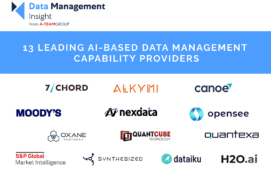Wolters Kluwer Financial Services is expanding its portfolio of national regulatory reporting solutions through an agreement to acquire Svenson, a software suite dedicated to the Austrian market, from SmartStream. Terms of the deal have not been disclosed, but the acquisition is expected to close this summer and will include the transfer of Svenson’s 15 employees to Wolters Kluwer Financial Services.
The acquisition is in line with Wolters Kluwer Financial Services’ strategy of developing its regulation and risk business through both organic growth and acquisition. It follows similar agreements including the acquisitions of Spring Programs in the UK, Sasgas in China and a KPMG regulatory reporting solution in the Czech Republic. In total, the company has so far acquired or built towards 50 country specific regulatory reporting tools. Kieran Leahy, chief operating officer of EMEA and UK at Wolters Kluwer Financial Services, says: “We will continue to acquire best-of-breed regulatory and risk management tools in different jurisdictions as the integration of regulation and risk continues.”
As well as meeting national regulatory reporting needs, the Wolters Kluwer solutions support over-arching regulations, such as the European Banking Authority’s Corep and Finrep reporting requirements, which give countries discretion in how they achieve compliance. Beyond solutions for banks operating in single jurisdictions, the company offers support for multi-national banks through the use of its global regulatory data model that collects data from banks and then populates national reporting solutions to meet local requirements.
In Austria, the Svenson platform offers automated and integrated regulatory reporting and risk management designed to meet the requirements of the country’s three regulators – the Austrian National Bank, Financial Market Supervisory Authority and Insurance Supervisory Authority – as well as wider requirements such as the submission of European Central Bank reports covering monetary statistics, interest rate pricing list statistics, minimum reserves and loan origination statistics.
Subscribe to our newsletter




